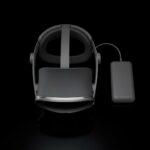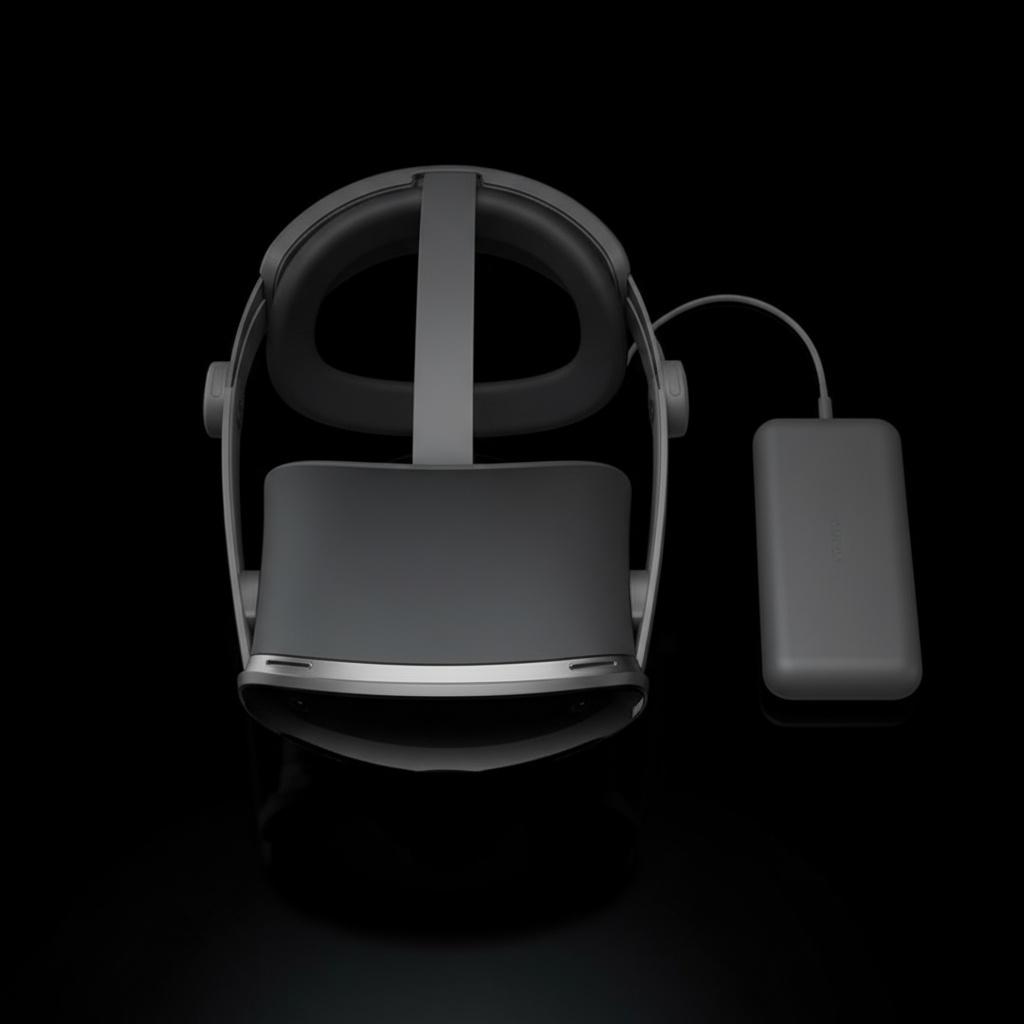Samsung’s Galaxy XR headset has officially joined the premium mixed-reality arena, positioning itself squarely between Apple’s high-end Vision Pro and Meta’s value-driven Quest 3. With a price point around US$1,800 and a focus on productivity as much as entertainment, Samsung is clearly aiming to deliver flagship visuals and controls without the ultra-premium price of Apple’s entrant. For buyers weighing performance, comfort, and ecosystem, this new contender makes the category more competitive than ever.
At the platform level, Galaxy XR is the first flagship device built on Google’s Android XR, which means it can tap into familiar Android apps alongside native spatial experiences. That approach contrasts with Apple’s tightly integrated visionOS and Meta’s mature Quest ecosystem. For developers and enterprises, Android XR’s promise is compelling: easier app portability, broader services via Google’s stack, and a clearer runway for cross-device experiences.
Display quality is a headline feature. Galaxy XR uses dual micro‑OLED panels with per‑eye resolution in the mid‑3K range (3,552 x 3,840), paired with 72Hz default and up to 90Hz refresh rates. Combined with an expansive field of view of roughly 109 degrees horizontally, visuals look crisp and immersive. Apple’s Vision Pro still sets the bar for overall fidelity and passthrough polish, while Meta Quest 3 delivers solid clarity for the price with LCD panels. Samsung’s play lands closer to Apple on visual sharpness, but at a notably lower cost.
Under the hood, Samsung equips the headset with Qualcomm’s Snapdragon XR2+ Gen 2, 16GB of RAM, and 256GB of storage, supported by Wi‑Fi 7 and Bluetooth 5.4 for fast connectivity. That hardware translates to responsive hand tracking, smooth UI, and headroom for graphically rich apps. Apple’s compute stack remains the most muscular with its custom silicon, whereas Quest 3’s chipset is tuned for efficiency and gaming value. In real-world terms, Galaxy XR aims to balance performance and mobility without the price premium of Apple’s system.
Input and sensing are equally ambitious. The headset supports eye tracking (with multiple dedicated cameras), precise hand tracking for pinch-and-gesture control, and voice input through an array of microphones. Optional Bluetooth controllers—sold separately—bring traditional dual‑stick ergonomics for gaming and pro apps. Apple leans into a controller‑free paradigm with exemplary eye‑hand coordination, while Meta continues to excel with its bundled controllers and robust hand tracking. Samsung’s blended approach gives teams flexibility across productivity, creation, and play.
Comfort and power management are core to the design. Galaxy XR weighs around 545g and includes a detachable light shield plus multiple cushions and a fit dial to stabilize weight across the forehead. A tethered battery pack targets roughly two hours of typical use (longer for 2D video), and can be used while charging—similar in spirit to Apple’s external pack. Quest 3’s internal battery is in a comparable range but favors lighter, shorter sessions. For longer work blocks, Samsung’s fit system and external battery strategy aim to reduce neck strain and heat buildup.
On content and use cases, Samsung is signaling a strong productivity tilt—think multitasking with 2D Android apps, immersive collaboration, and AI‑assisted workflows—alongside entertainment. Apple’s strengths include premium media, Mac integration, and polished spatial video, whereas Meta’s advantage remains its deep game library and fitness content at mainstream prices. If Google’s Android XR momentum holds, Samsung could quickly benefit from a broad app pipeline and enterprise partnerships.
Availability started in the US via Samsung’s online store and retail locations, with wider rollouts expected. In short, pick Galaxy XR if you want a premium Android‑centric headset that undercuts Apple while covering far more ground than the average standalone device. Choose Vision Pro if you live deep in Apple’s ecosystem and want the most refined spatial computing experience today. Opt for Quest 3 if you value affordability and a massive content catalog. Whichever way you go, competition just made the next wave of mixed reality more compelling—and more practical for business.






